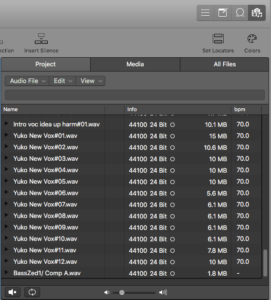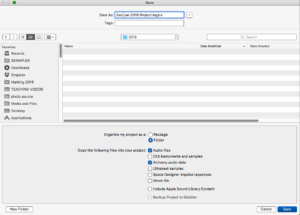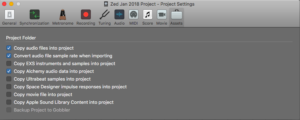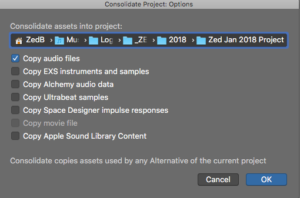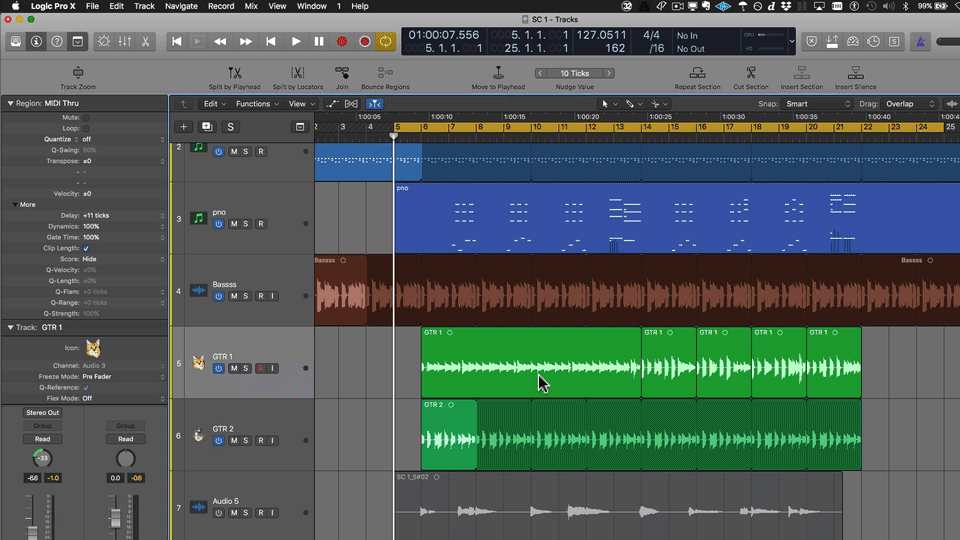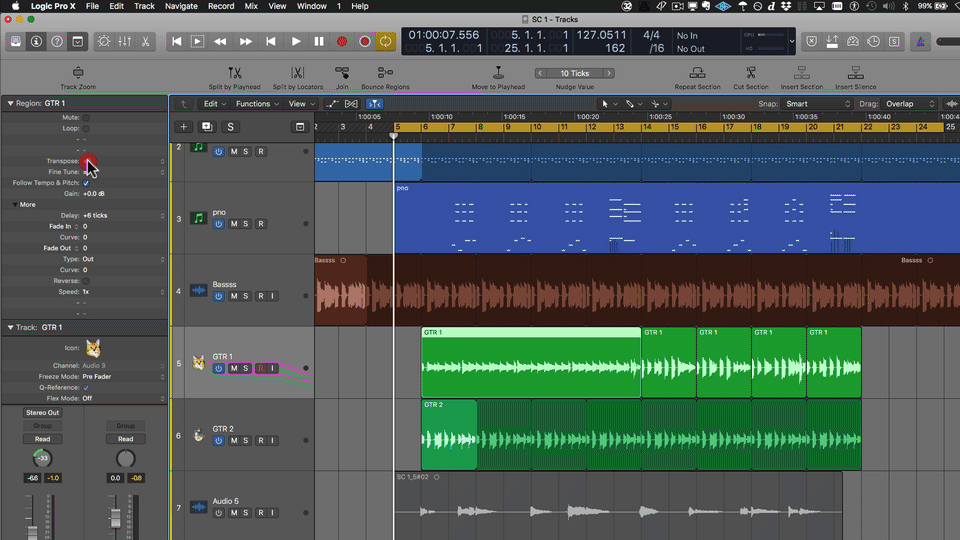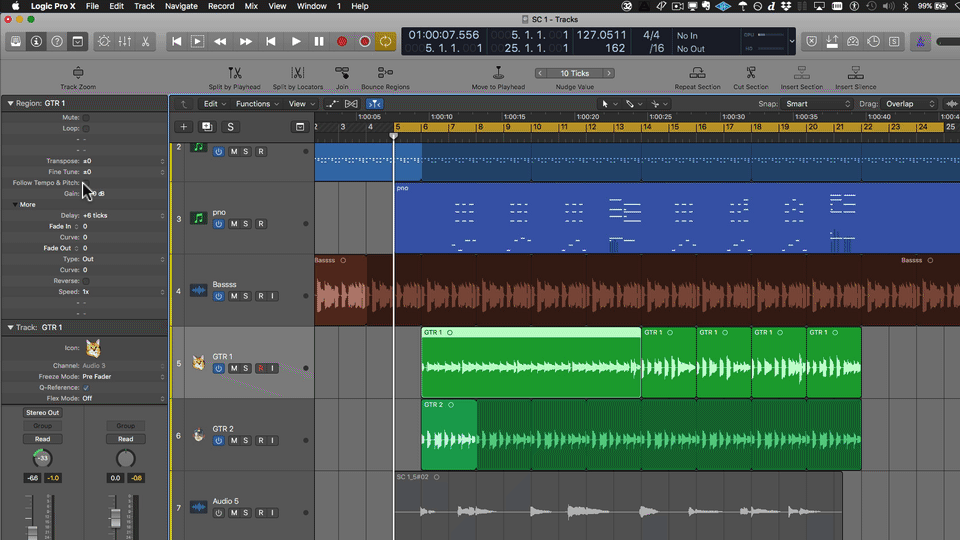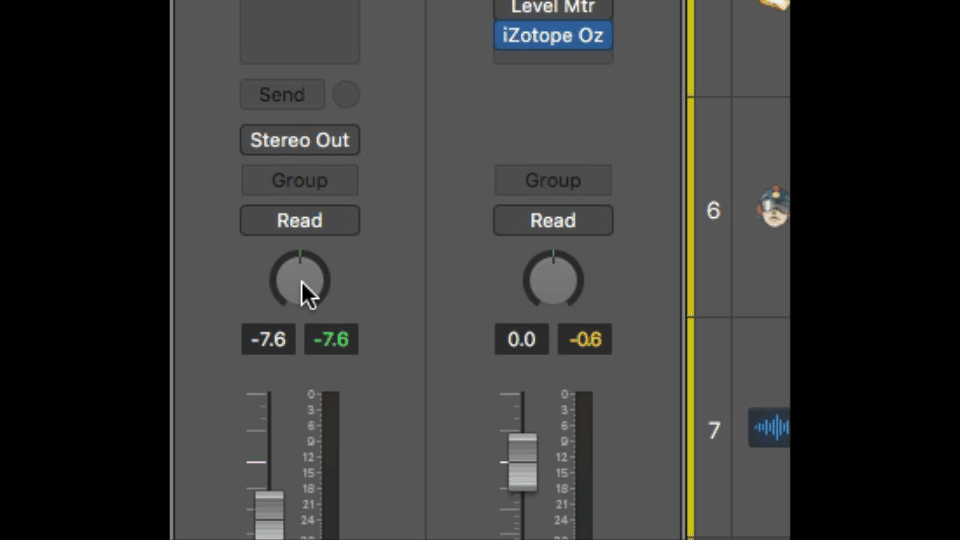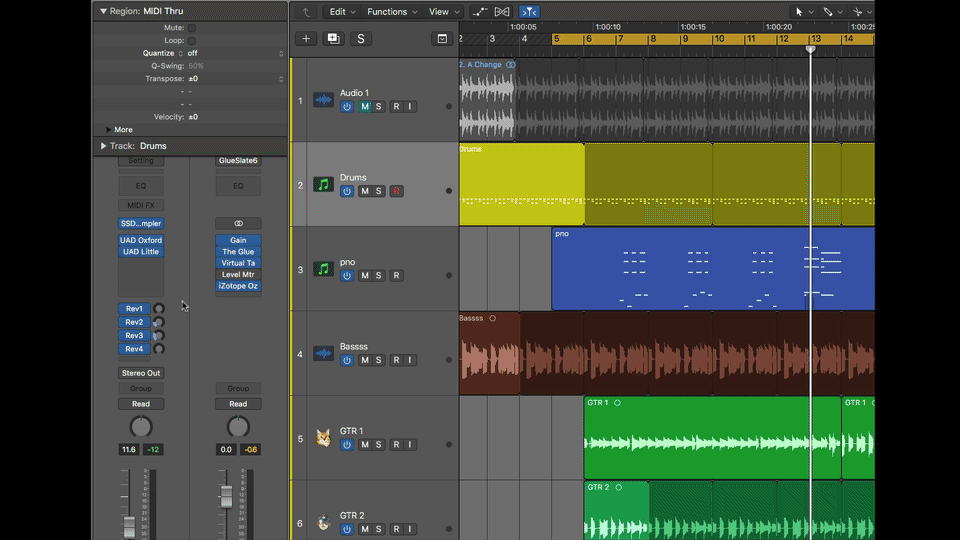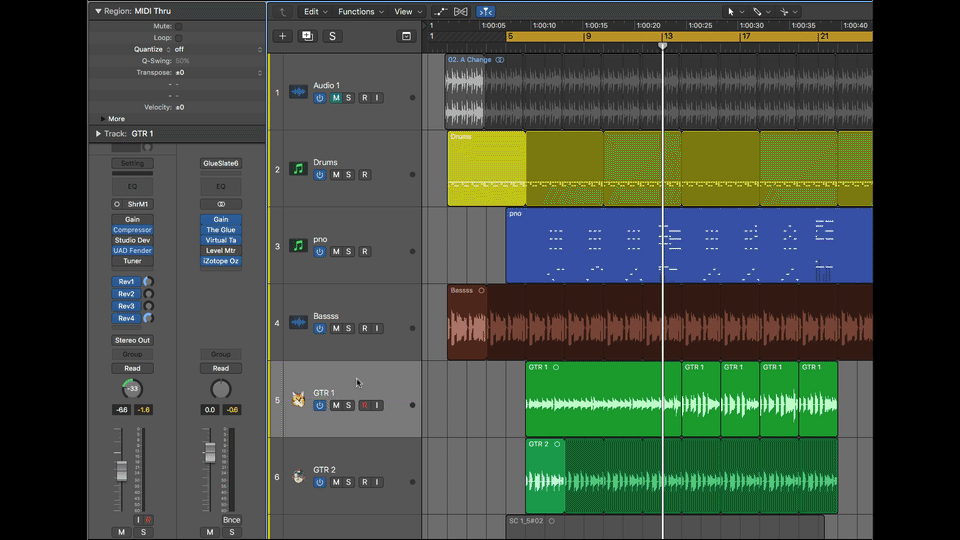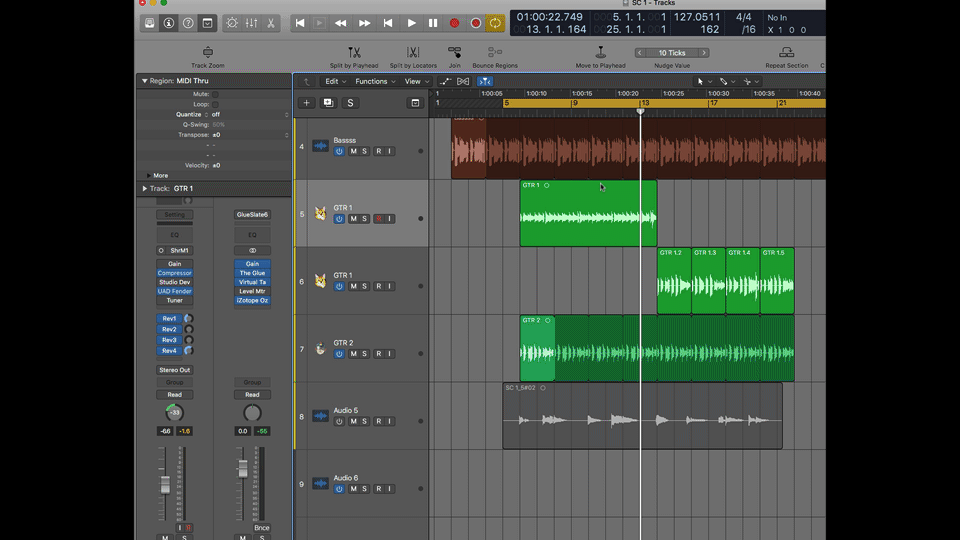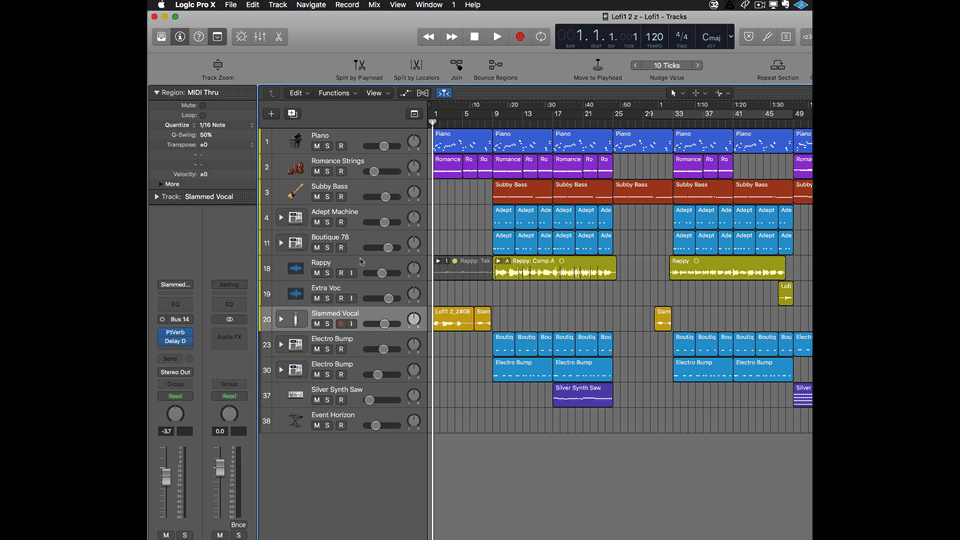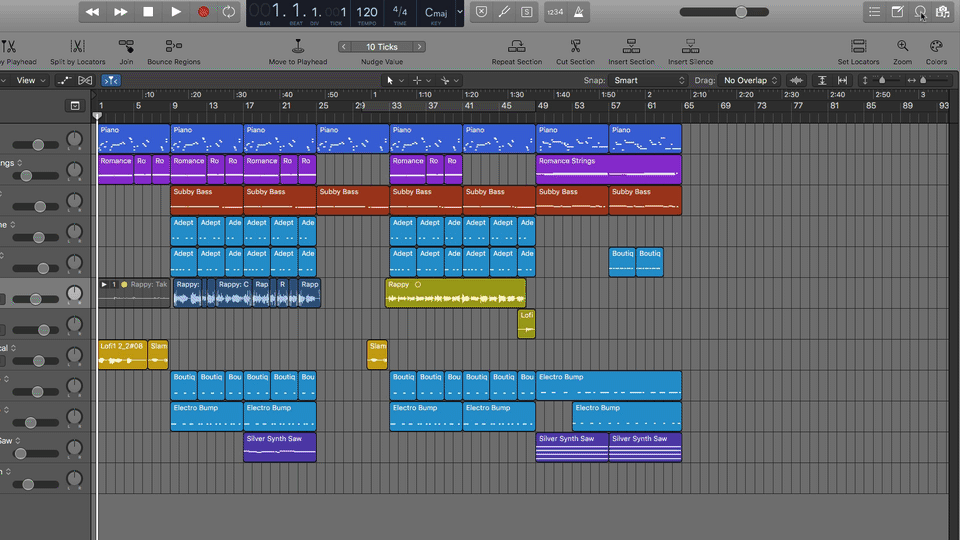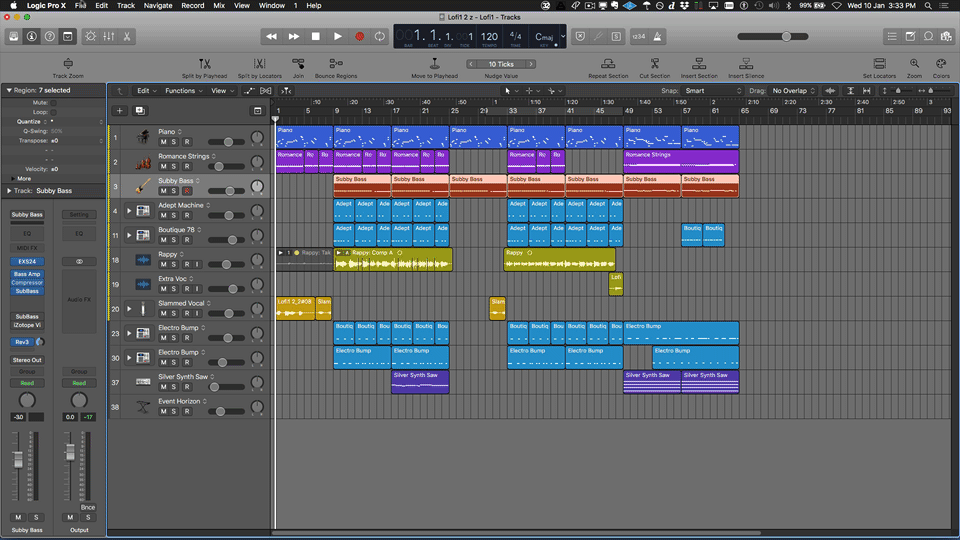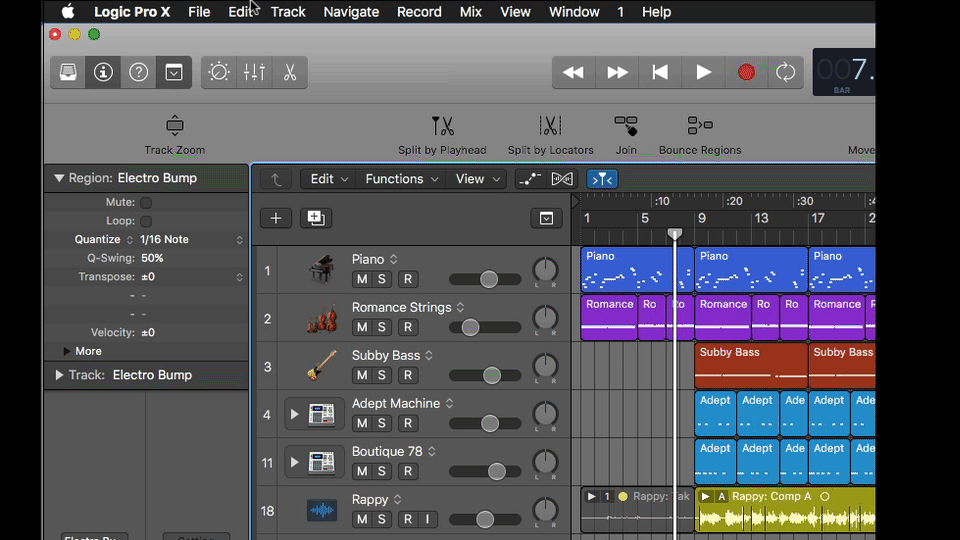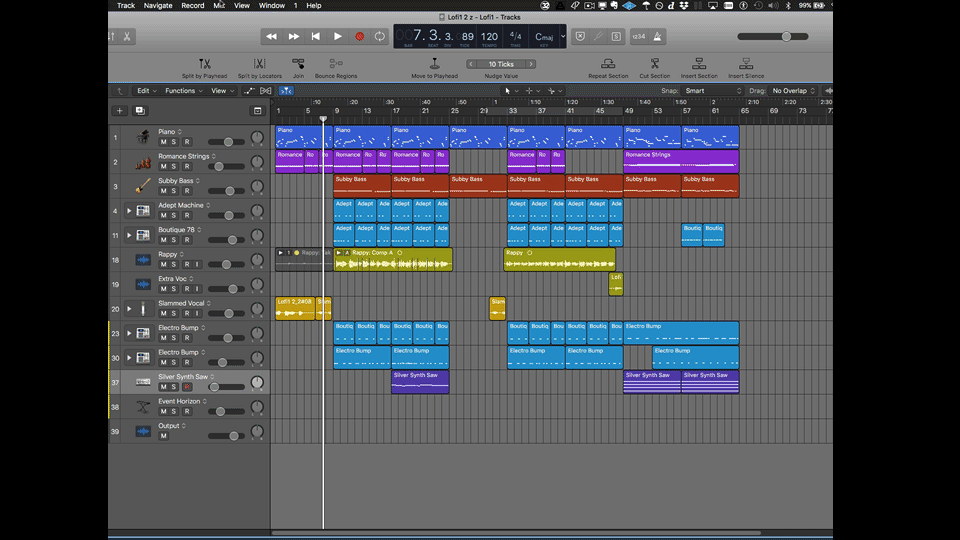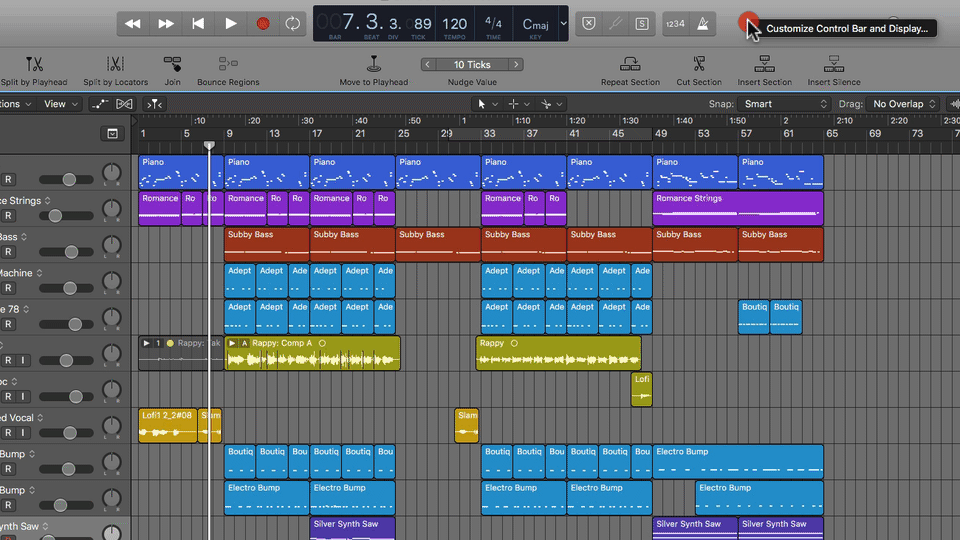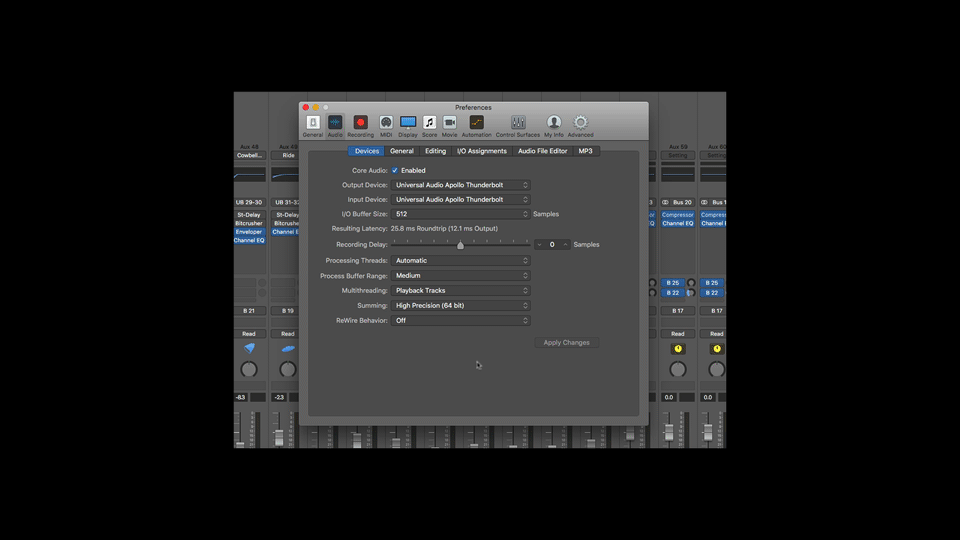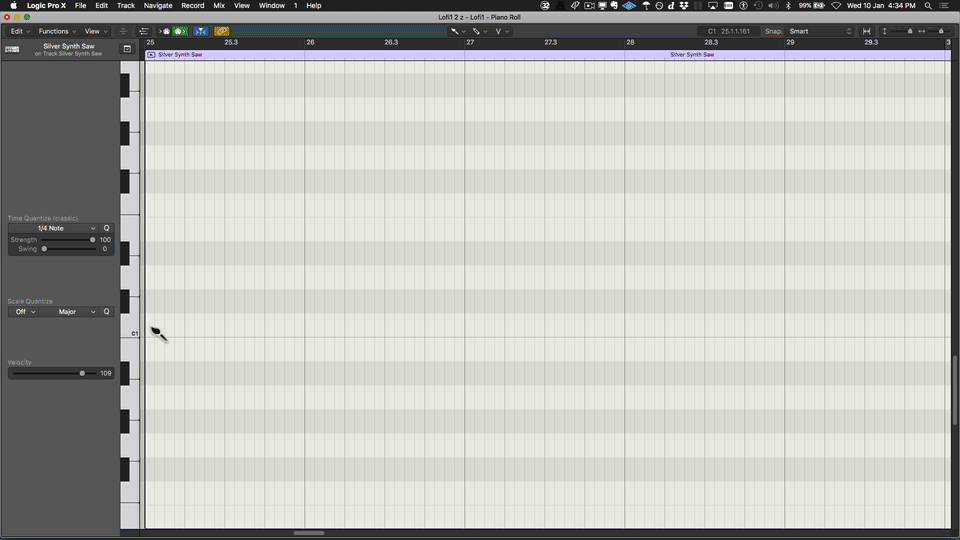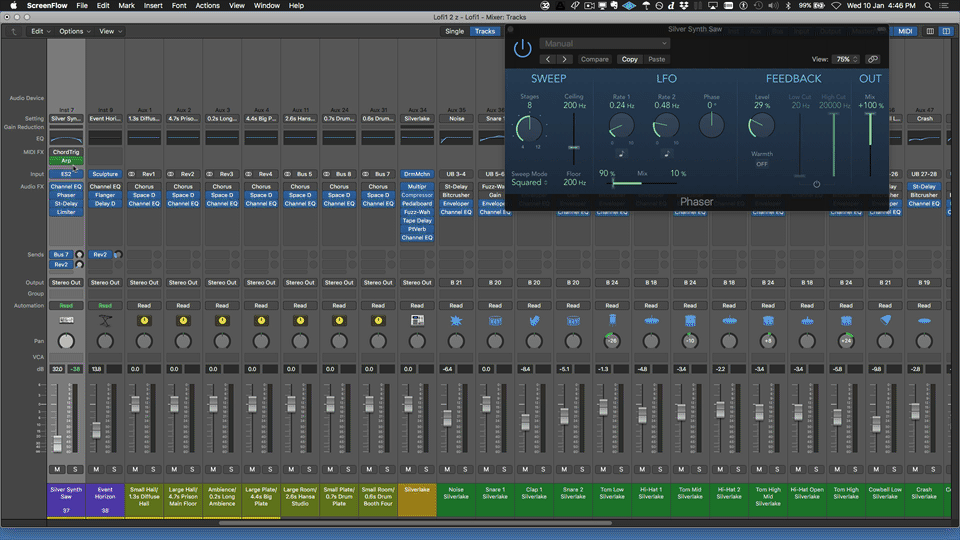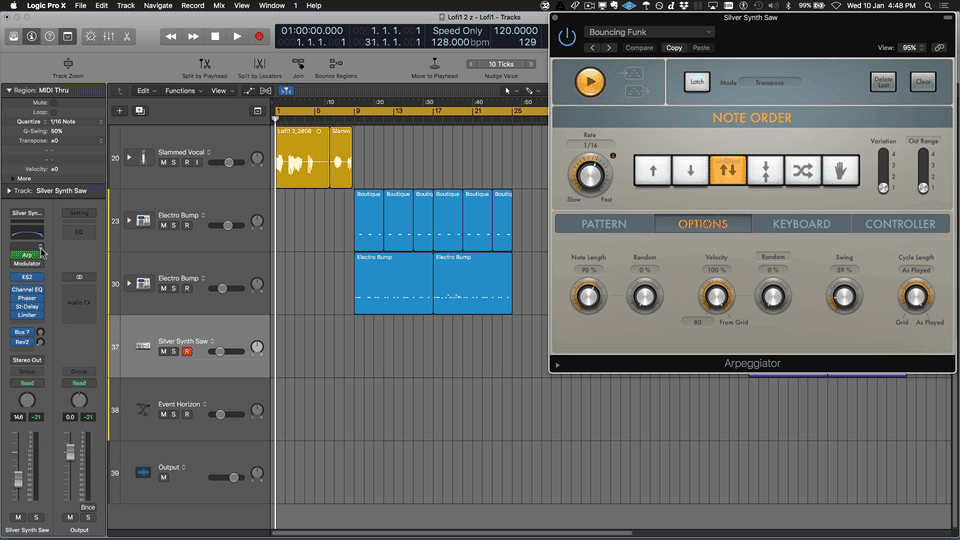My friend sent me a text that woke me up that simply said. “10.4!!!!”. Of course I instantly knew that he meant a new release of Logic Pro X.
I always love a new Logic release – it’s like my birthday! What new toys are there to play with? Then my engineering brain steps in and it’s all “what new functions are there to improve my workflow?” . Boring.
And then I struck my first problem – I couldn’t even see the Logic update in the App Store. Maybe Apple were doing a staggered notification to ease the server load? “Zed” is probably last on the list. Nope. A bit of searching revealed that you need at least macOS Sierra to install this version of Logic. I should have twigged as this same issue came up recently with latest FCP-X version as well (which I ignored). I have been sitting on OSX El Capitan due to some requirements with my official place of employment and also due to learning to avoid the bleeding edge by changing an OS during projects. Projects never seem to end as they all overlap. Solution – install macOS Sierra onto another boot drive and keep El Capitan just in case.
So that was a good chunk of a day gone after having numerous extra updates, scanning all my old third-party plug-ins again, fixing the broken ones, and downloading all the extra gigabytes of Logic Pro X content. But we got there in the end, and finally I could open up the new Logic Pro X version 10.4 .
Hurrah! By the way – in case you never noticed, Logic always comes with a demo project – this time it’s Beck’s Colors. It’s nice to open something first that only uses Logic plugins so there’s no weird issues.
Tempo-Matching
As a relatively major update, Logic has added several major improvements. Probably the biggest is the new tempo-matching feature. This feature makes it a lot simpler to bring together audio files of different tempos into the same project, or you can do things like easily match imported files to a track played without using a metronome. There’s been the ability to do this sort of thing in Logic previously by combining tools such as Flex time, detect Tempo and Beat Mapping but it was often intricate and fiddly. Apple have unified these things as a kind of simplified macro system – just like they did with the old “Replace or Double drum track” feature.
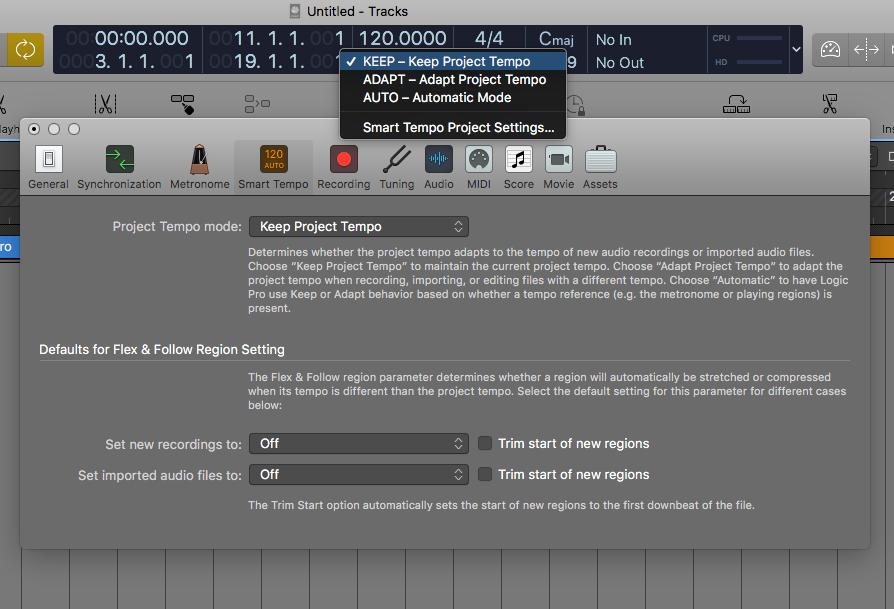
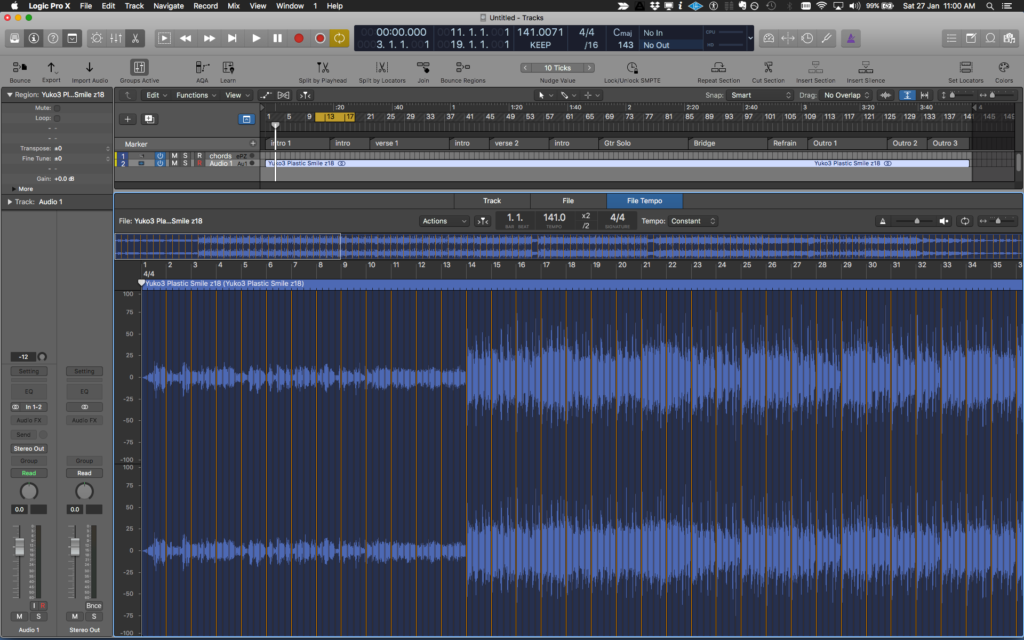
Tempo-matching features are embedded into the entire Logic Pro X application – in the top display/tool bar, in the Project Settings, and there’s a whole new File Tempo edit tab just for tweaking detection and how you want Logic to behave regarding it. It’s a complex feature that I’m going to experiment with and might do a full article on later.
There’s also a bunch of new plug-ins and instruments.
EQ
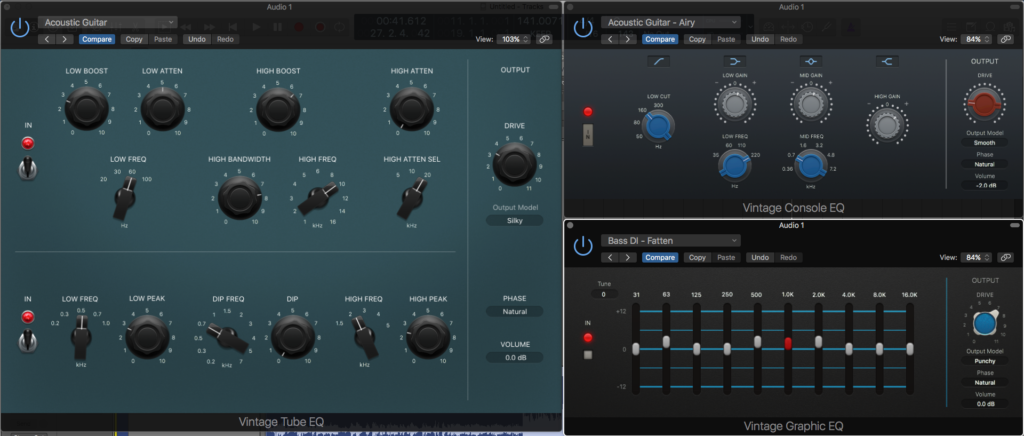
Three essential models of vintage EQs are included – Vintage Tube EQ (a Pultec clone), Vintage Graphic EQ (an API clone) and Vintage Console EQ (a Neve clone). They sound pretty nice at first listen (each has several options for tweaking coloration of sound including a linear phase mode) but I’ll need to do a bit of a test against some other modelled EQ plugins of the same type before I can really tell how good they are. Pretty darn cool to have these included in Logic Pro – now there’s finally something to match the vintage compressor models.
Reverb
Reverbs have had a bit of shake-up this time around, with the poor old PlatinumVerb being relegated to Legacy bin (BTW all the old legacy plugins are still available in Logic by hitting Option then clicking on a plug-in slot).
Space Designer has a had a facelift – a brand new “flat” interface that looks quite tidy. Otherwise much the same as it was before.
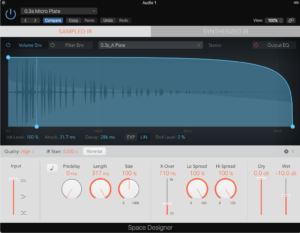
The new kid on the reverb block is ChromaVerb. This has 14 different tweak-able reverb algorithms and it sounds pretty good – especially if you switch the quality to “Ultra” mode. It’s good to see it has some cool musical features like beat-sync-able pre-delay and decay settings. Plus a slider to mono-ise the low end of the reverb. Lots of EQ and even a damping EQ to tailor the reverb decay at different frequencies.
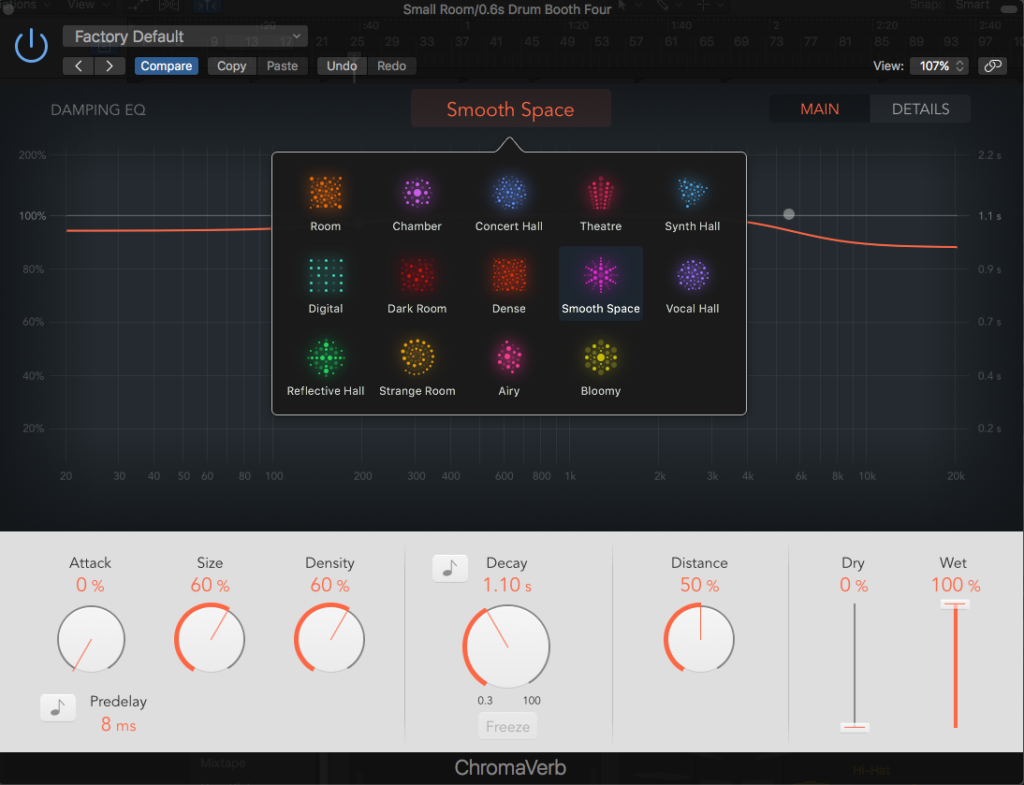
It’s also meant to have a cool real-time visualization of the reverb but it doesn’t work on my old laptop. Sad face.
Multi Effects
There’s a new category of plugin called Multi Effects which has two new plugins: Phat FX and Step FX. These, as you can probably guess, are combinations of various types of effects within the same unit. Phat FX has combinations of filters, compression, distortion, enhancers and the like, while Step FX biases towards delays, reverbs, filters and modulation effects.
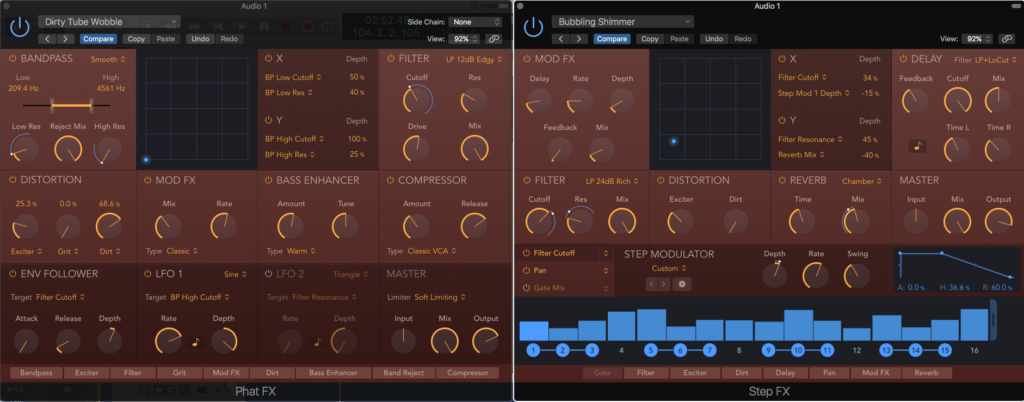
The Step FX also has a built-in step editor so you can get some groove-based effects going on. A quick browse through the patches shows that there’s some cool and wild sounds from both of these plug-ins. Could be quite inspiring.
Instruments
Apart from adding the usual slew of extra features to Alchemy, plus a bunch of extra filters to Retro Synth (these are actually pretty cool), there’s a bit of “re-bundling” been going on. As usual with Apple there’s always some added-value when this happens.
For example, the Mellotron patches have now been bundled into a new instrument called Vintage Mellotron. It has some cool extra features too. You can blend between two different sample patches and there’s octave buttons for each patch and some control over the sound quality with tape speed and tone controls.
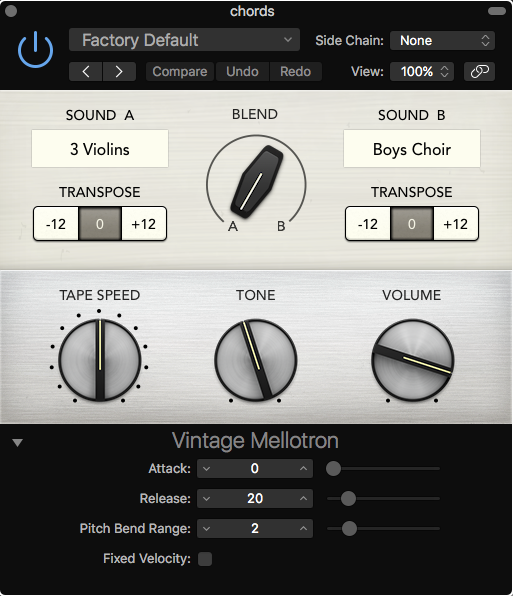
Studio Horns and Studio Strings
Another re-bundled pair of EXS-24 sets of Brass and Strings patches, these two are so much better than you’d imagine. Actually they’re my favourite thing right now. Not only have they improved and expanded the number of the recorded samples, you can play while dynamically switching between articulations (eg Sustain, Staccato, Pizzicato, Drops, Trills etc playing styles). The cool thing about the Articulation attribute is that it is attached to a MIDI note, so any note can be switched between any available articulation, giving great control over phrasing.
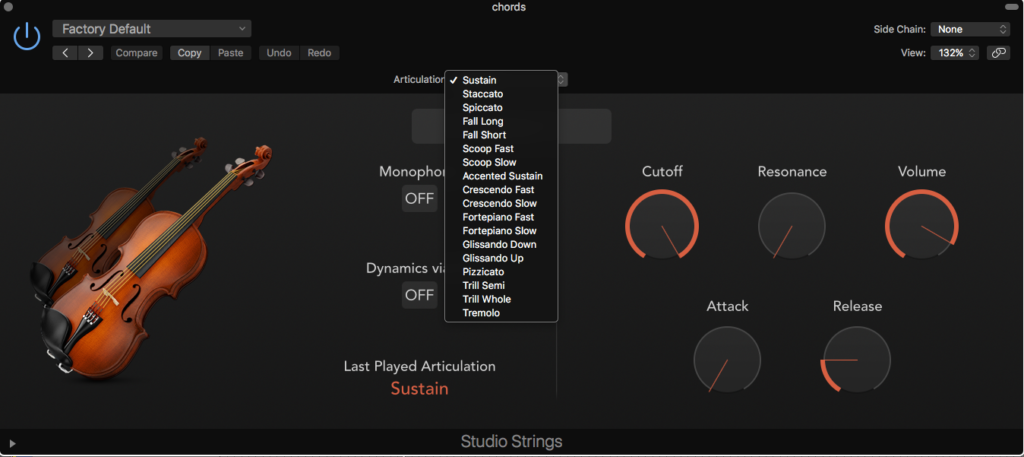
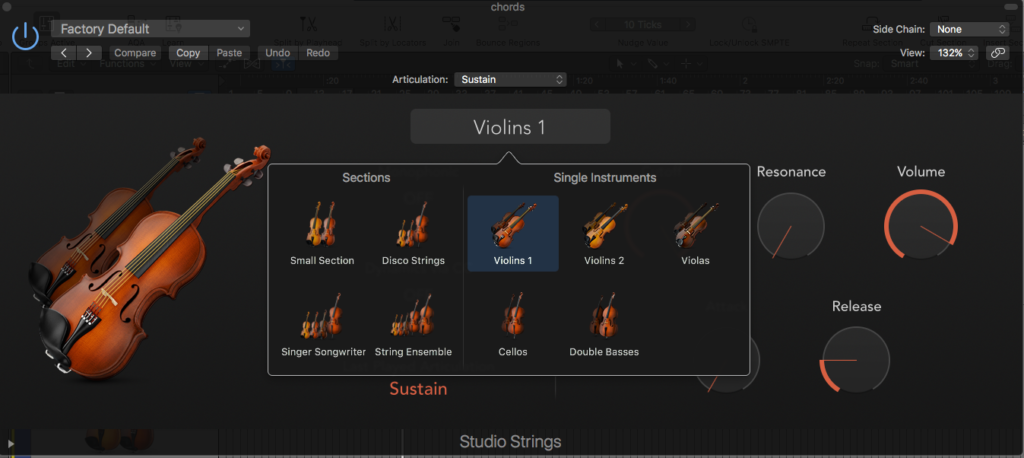
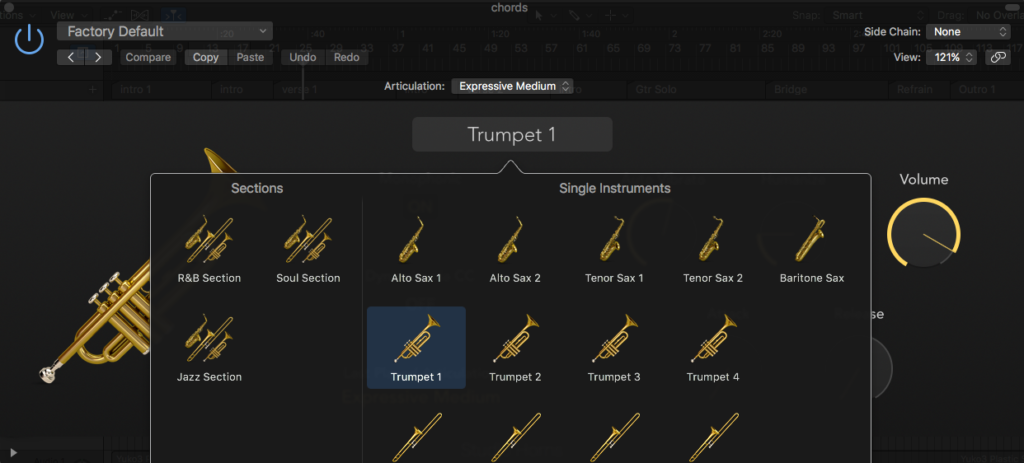
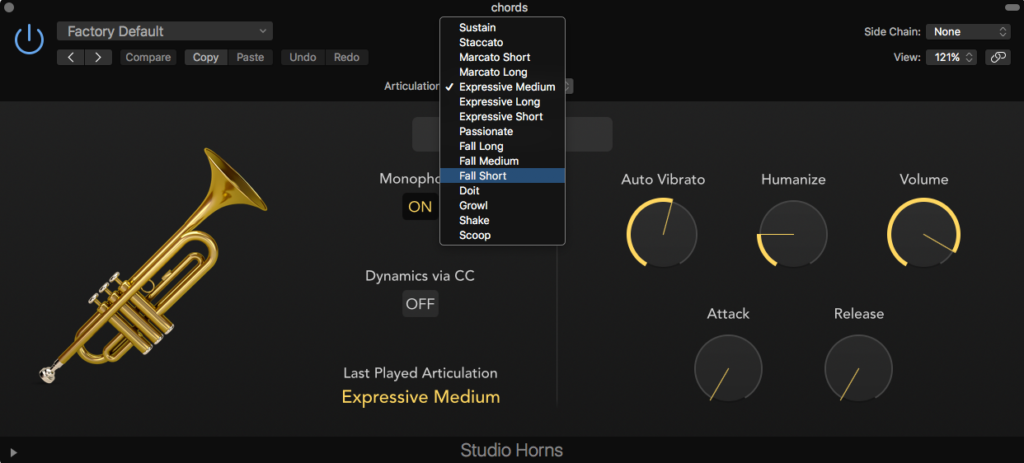
Editing a recorded Articulation is simple – where you could only do it in the Event List editor, now you can do it in the Piano Roll editor which has been given an extra Articulation selector (if Articulation is detected).
By the way – you need to select an articulation set in the Track Inspector first. Took me about half an hour to work that out.
Apple has really spent some time thinking about Articulations and have upgraded and standardized their implementation of Articulations within Logic. You can apparently customise the mapping of articulations to work with third-party instruments, although I haven’t explored that aspect yet.
Other Stuff
There’s a huge bunch of bug-fixes and enhancements. Check out the full release notes HERE if you’re interested. But here’s a few other highlights:
Marquee tool pop-up shows the length of selection. Finally! Yes!
You can normalize the gain of selected audio clips to either peak or loudness targets – including -23LUFS.
Two new drummers (Austin and Tyrell) with brush-based kits. No reggae beats yet, Apple? C’mon.
You can now choose to undo mixer and plug-in changes.
There’s some major changes to MIDI draw in the Piano Roll – this is now integrated with the Automation system. More on this in another post.
Heaps of new Apple Loops (The new brush-based Drummer loops, Future Bass, Reggaeton Pop)
You can now link plug-ins in “multi” link mode so that when you select another track it’ll show all multi-selected plug-ins for that track.
“Visions” Cinematic presets for Alchemy.
Untagged Loops browsing in Apple Loops browser (ie just regular audio loops from CDs and stuff without the Apple Loop metadata added.)
Improved grouping functions and VCA fadering.
You can bookmark other locations in the File Browser (Yuss!)
The Direction Mixer plug-in now includes a crossover.
That’s probably more than enough, eh?

